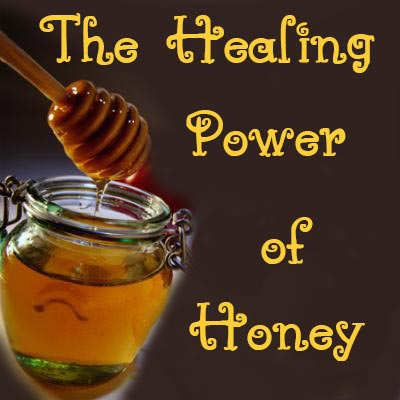We all know that honey has played an important part throughout history. Stone Age paintings dating back over 8000 years depict the use of honey by early humans. Before there was sugar, there was honey. Just as grains were critical to beer, without honey, there would be no mead. But what many people do not realize, is that honey was also used for medicinal purposes. Not only to soothe sore throats and fight colds, but also to help protect against infections and heal wounds. This makes honey one of the first “medicines” used by mankind.
It has been reported in recent studies, that honey has an inhibitory effect on close to 60 species of bacteria, and may also have similar effects on certain types of fungi and viruses. When and how the practice of using honey in helping to cure wounds started is not known for sure, but recent studies by Susan Meschwitz Ph.D. of Salve Regina University in Rhode Island, point to the following factors.
- The high sugar concentration of honey creates an osmotic effect which drains bacteria of their moisture, thereby killing them.
- It inhibits the formation of “biofilms” which are bacterial communites.
- Low ph factor
- Creates a protective barrier to help prevent bacteria from entering the wound
As we know, honey contains phenolics, peptides, organic acids and enzymes, all of which are known to be beneficial to overall health and nutrition. All in all, just many more reasons that we should have honey in our lives on a daily basis.
Oh, and should you need some honey, we just happen to have some ready to go.
For additional reading, please follow the embedded links.
- Susan Meschwitz Ph.D. presentation to American Chemical Society
- Honey: It’s Medicinal Property and Anti-bacterial activity
- Anti-microbial Properties of Honey
- Traditional and Modern Uses of Natural Honey in Human Diseases: A Review


Follow Us!